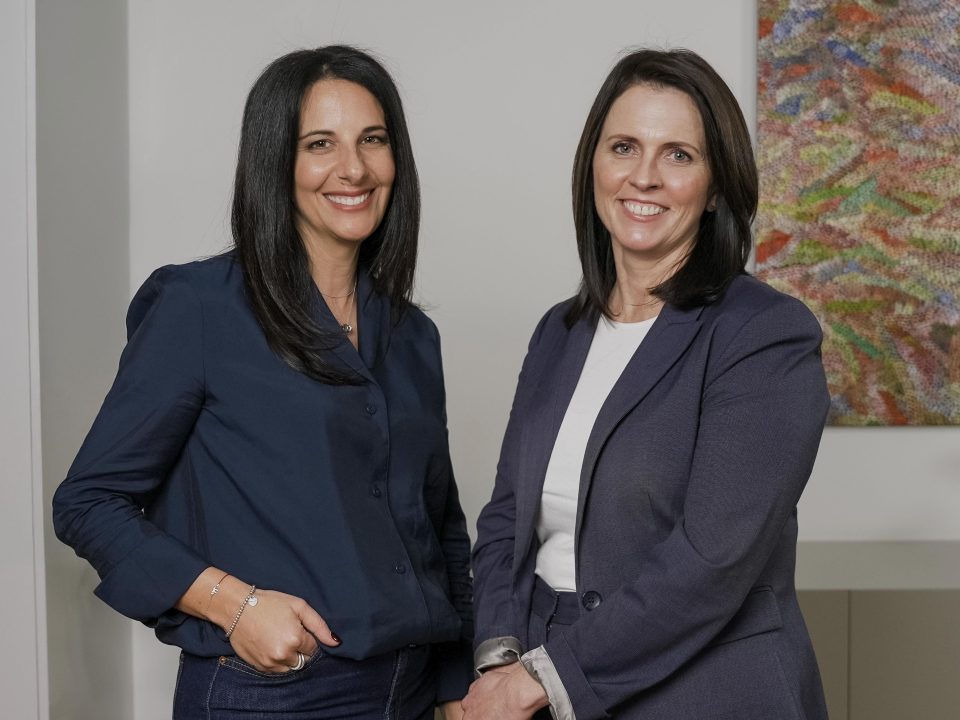Tips for managing exhaustion in the workplace
Remember when you used to wake up feeling ready to tackle the day? Now, your alarm feels like an enemy. Your coffee doesn’t hit the same. That project you once loved? It’s just another mountain to climb.
Is it just a rough patch? Maybe. But for many of us, it’s burnout creeping in. And you’re not alone—Australia has been identified as having one of the highest rates of workplace exhaustion in the world.
“In recent years, we’ve seen a significant amount of workplace exhaustion – and it’s essential for employers to manage it before things spiral out of control,” says Transitioning Well’s Co-Director, Dr. Sarah Cotton. “Unfortunately, workplace exhaustion isn’t something that can be fixed with a few weeks of annual leave.”
Burnout isn’t just being tired. It’s that hollow feeling when your emotional reserves run dry. It’s staring at your screen, knowing what needs doing, but feeling completely unable to start.
We know that exhaustion often precedes burnout, so intervening early can help to mitigate the risk of widespread burnout in our organisations.
“Early signs of burnout can vary between individuals,” says Dr. Sarah. “For me, I know I need to slow down if my chocolate intake goes up and my exercise levels dwindle.”
“It might not be realistic for an employer to spot this, but other signals can be more obvious. For instance, if somebody is quieter than usual, more cynical, detached or reactive, then there could be something more going on behind the scenes.”
Australian workers are experiencing burnout at the highest rate globally, according to global research by UiPath in 2024. The study revealed 82% of Australian office professionals reported feeling burnt out, with more than one-third (36%) describing their condition as “very” or “extreme” – surpassing burnout levels in all other surveyed nations.
Whether your organisation is struggling or thriving, it’s never too late to rethink how work gets done. Leaders can do this by creating approaches that don’t burn people out, actually get results, and help people remember why they liked their jobs in the first place.
Read on for three ways to manage the energy of your workforce, even during stressful periods.
1. Make work feel human again
When was the last time you asked team members—really asked—how they want to work?
- Schedule genuine conversations about work style preferences
- Create safe spaces for people to admit when they’re struggling
- Have the courage to reshape expectations based on what you hear
- Remember that flexibility isn’t a perk—it’s essential
Tools for co-creating the future
- Leader Listening Tours.
- Organisation-wide survey/s.
- 1:1 chats with representative members of the organisation.
- Crowd source insights through an online platforms (e.g., Bang the Table).
- Share the organisation’s view on what the future of work will look like.
- Revisit organisational values:
- » What has become more (or less) important?
- » Can our values help people or do they need a refresh?
2. Create clear boundaries
» According to McCrindle, 45% of Aussie workers are working in a ‘hybrid’ working arrangement – meaning that they split their working hours between the office and remote locations (2024).
» Despite Right to Disconnect legislation, employees still feel pressured to always be available for work, leading to inadequate psychological recovery from work.
Clear boundaries enable psychological recovery:
» Research indicates that clear and predictable boundaries explicitly defined by employers support people’s wellbeing and recovery from work.
» These behaviours and associated attitudes need to be explicitly called out and modelled at all levels of the organisation.
Tips for creating clear boundaries
- Focus on outcomes, not hours: trust and empower people to self-manage and complete work.
- Explicitly state what is and is not expected of employees.
- Discourage overwork and role model a balance between work and home (clear work-life boundaries).
- Celebrate creative problem solving.
- Understand different approaches to work-life boundaries (i.e. Work-Life Boundary Management Styles—integrators, segmentors and cyclers).
3. Make wellbeing conversations the norm
We know that frequent check-ins help reduce workplace fatigue and burnout and dramatically increase employees’ feelings of meaning, purpose, trust and belonging in their organisation.
Recent research reveals that 47 per cent of workers in Australia feel mentally or physically exhausted at the end of the working day, with ‘too much work’ identified as the leading cause. Organisations need to be proactive in recognising signs of exhaustion and actively take steps to manage the energy of the workforce.
Strategies for making wellbeing conversations the norm
- Know what to look for and recognise the signs.
- Regular check-ins from manager or through a buddy system.
- Data-driven monitoring of wellbeing and workload (e.g., through organisation-wide pulse checks)
- Consider innovative ways for employees to access EAP or other relevant mental health supports and services.
Ready to Build Sustainable Work Environments?
Burnout isn’t inevitable—and it’s never too late to make changes that matter. Whether your team is struggling or you’re being proactive, now’s the perfect time to create work practices that energise rather than exhaust.
Need Help? That’s What We Do
At Transitioning Well, we’re all about one thing: helping your people live well and work well.
Our team of workplace psychologists delivers workshops and webinars that go beyond theory. We pack every session with practical strategies your team can implement immediately. What makes us different? We actually take the time to understand your organisation’s unique challenges. We build customised programs grounded in evidence but tailored specifically to your workplace.



